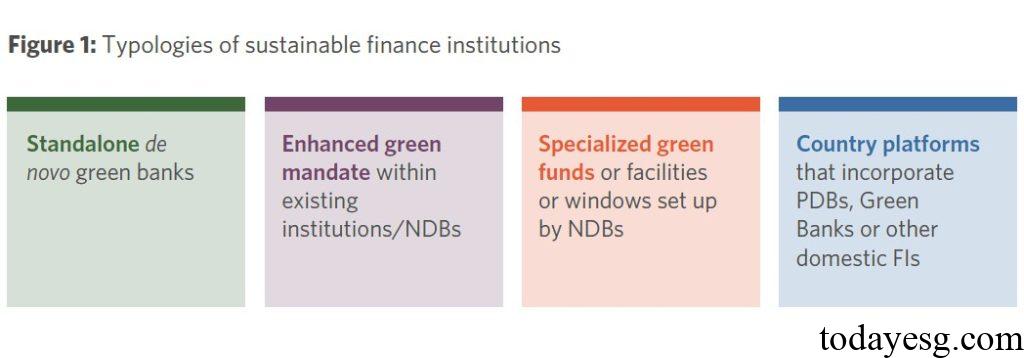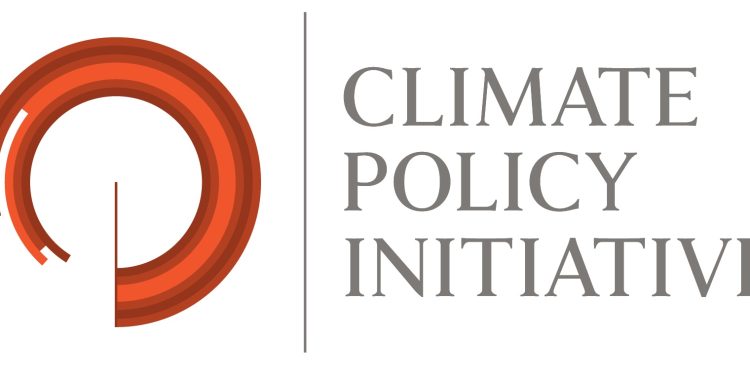Global Green Bank Report
The Climate Policy Initiative (CPI) releases 2025 Global Green Bank Report, which aims to summarize the development of global green banks and provide recommendations.
The Climate Policy Initiative believes that there is an annual climate funding gap of $7.4 trillion globally, and green banks can play an important role. This report covers 51 green banks worldwide, of which 36 are from emerging markets and developing economies.
Related Post: Climate Bond Initiative Releases Banking Industry Net Zero Report
Global Green Bank Development
The Organization for Economic Co-operation and Development (OECD) defines a green bank as a public institution that promotes and attracts private sector investment into the green sector, provides funding for climate solutions, and facilitates net zero transition. The establishment methods of green banks include:
- Initial establishment: Establish an independent institution dedicated to green financing. This institution can flexibly design green products, and its funding sources include government, bond markets, private capital, etc. This institution has a large asset liability scale and risk absorption capacity, so developed economies usually choose this approach.
- Strengthen Public Development Banks: Develop green financing responsibilities for public development banks. These public development banks usually have an important position in investment activities and maintain close ties with financial institutions. They are also the world’s largest providers of climate financing.
- Create green facilities in financial institutions: Set up green windows or funds within large financial institutions. These green facilities can provide targeted financing at specific times, suitable for the early stages of green financing development, providing experience for green finance, technology, and markets, and thus preparing for subsequent development.
- Establish a green platform: Incorporate green banking functionality into climate financing partnerships. These platforms are typically established by jurisdictions and include multiple stakeholders who can work together to plan and implement green financing.

According to data from the Climate Policy Initiative, 70% of green bank funding comes from government funds, while others include private capital (19%), bond proceeds (11%), and multilateral institutions (11%). In terms of financing tools provided by green banks, bonds (100%), credit enhancement (67%), technical assistance (44%), and guarantees (44%) account for a relatively high proportion. The key areas of green financing are mainly renewable energy and energy efficiency. Green Bank believes that the main challenges of current development include difficulty in obtaining preferential funds, lack of green project reserves, and risk return mismatch.
How to Promote Green Bank Development
To promote the development of green banks, the Climate Policy Initiative proposes the following recommendations:
- Establish a new green bank design organization: The green bank design organization can help emerging markets and developing economies establish relevant institutions, provide technical assistance, financial support, education and training.
- Expand existing support platforms: The Climate Policy Initiative has established a multilateral development bank cooperation platform and plans to add green banking related functions to the platform to help in designing green financial institutions and facilities for jurisdictions.
- Form an existing Green Bank Alliance: Organizations such as the Green Bank Network are promoting the development of green financing. Connecting these organizations can play a greater role in investment projects and knowledge exchange.
Reference:
The State of Green Banks 2025
ESG Advertisements Contact:todayesg@gmail.com








